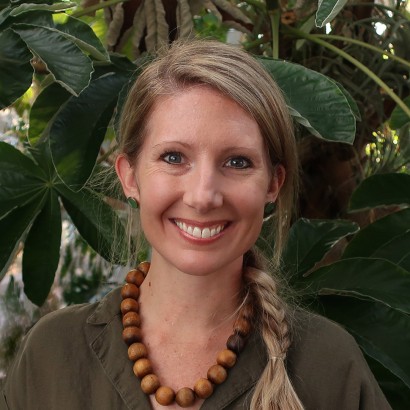STRI special events, May 2025
STRI special events,
May 2025
STRI soccer League 2025, Visit of MiAmbiente officials, Japanese Embassy visit, Big thanks to Marianne Prahl and more.
 green
greenSpecial
events
STRI special events,
May 2025
STRI soccer League 2025, Visit of MiAmbiente officials, Japanese Embassy visit, Big thanks to Marianne Prahl and more.
 green
greenSpecial
events
Bezos Earth Fund Gives $2 Million Grant To Launch Groundbreaking Amphibian Conservation Project Across Latin America
A grant from the Bezos Earth Fund to help save 25 frog species through conservation, rewilding, and disease prevention efforts.
Conservation Biology Herpetology Biodiversity Zoology Sustaining a Biodiverse Planet Gamboa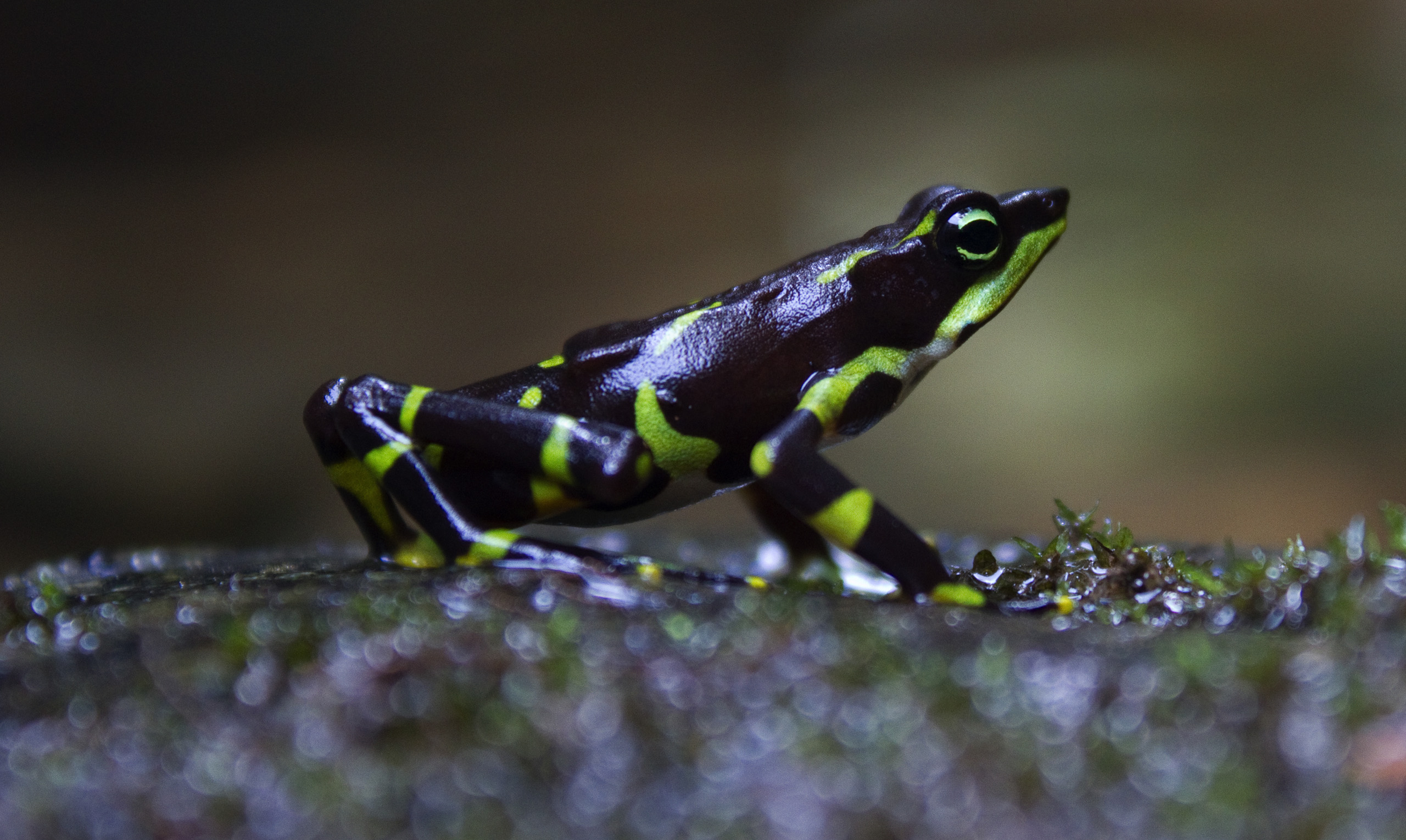 green
greenFrog
defenders
STRI special events, October 2024
Q?Bus visits, Bird Friendly at the ShowColate fair, Bat night at Gamboa, and more.
 green
greenSpecial
Events
Unlocking forest biodiversity: What can Virola nobilis trees teach us about tropical ecology?
Virola trees in Panama are defying a well-known hypothesis from the 1970s regarding tropical biodiversity, revealing how genetics and the environment shape pathogen communities and seedling survival in tropical forests
Panama
Text by Leila Nilipour
Cover photo by Christian Ziegler
 green
Erin Spear
green
Erin SpearThe queen
of the forest
Does Cocoa Need Fungi to Grow?
How can we make agriculture more sustainable and resilient?
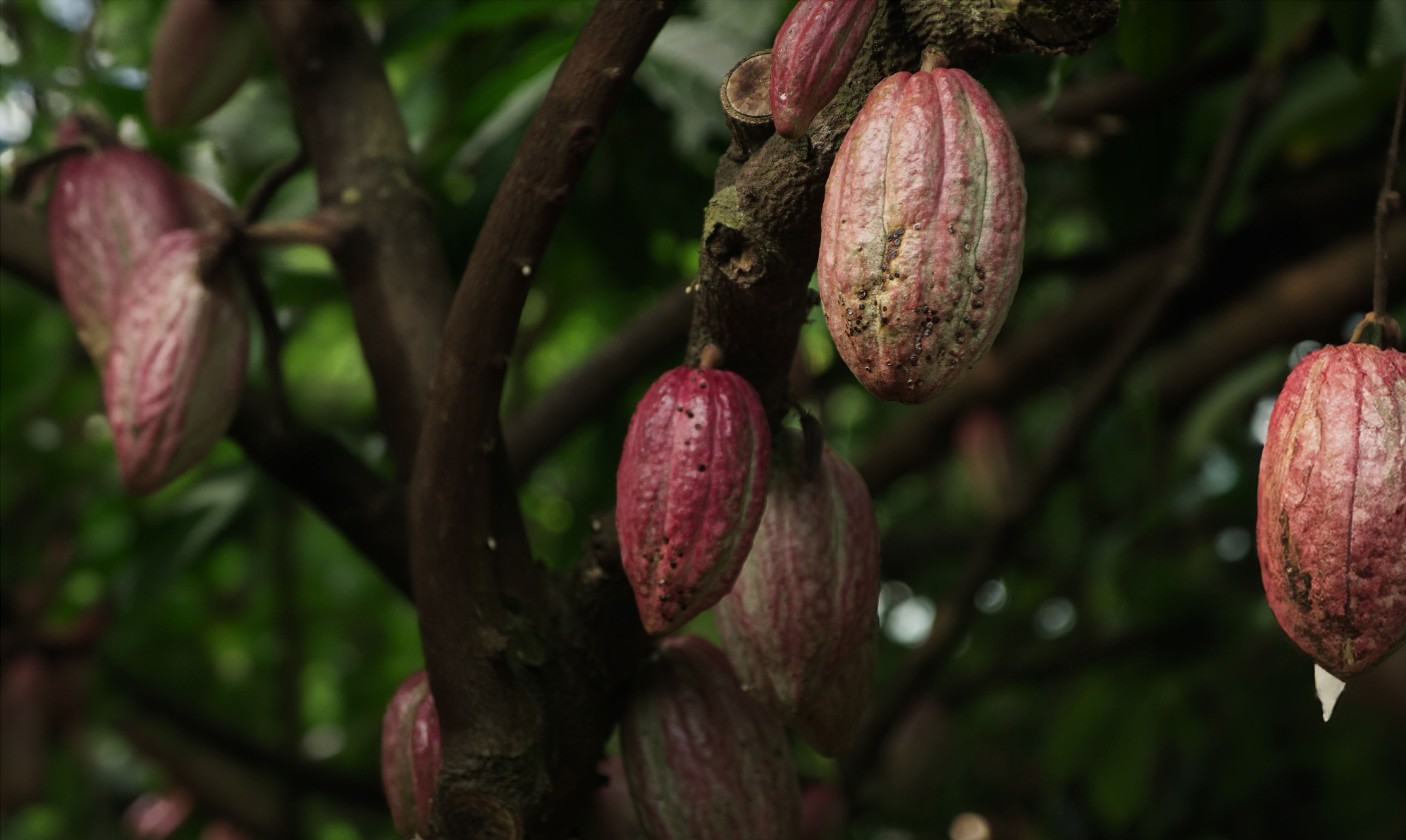
Gamboa
Biodiversity Microbial Ecology Genetics and Molecular Genomics Chemical Ecology Disease Ecology Ecosystem Ecology Connections in nature: Plants, Animals, Microbes and Environments Gamboa green
greenSymbiosis
Like repels like: Social distancing may explain coexistence of biodiverse tree species in tropical forests
STRI staff scientist Joe Wright and colleagues present results in Science indicating that diversity among adult tropical trees can be maintained if spatial repulsion among individuals of the same species is greater than spatial repulsion among individuals of different species.
Panama
Forest Ecology Disease Ecology Long-term monitoring Biodiversity Botany Ecology Connections in nature: Plants, Animals, Microbes and Environments Barro Colorado green
S. Joseph Wright
green
S. Joseph WrightSocial
Distancing
Bezos Earth Fund grants $12 million to Smithsonian to support major forest carbon project
A generous grant to support international partnerships and training will enable GEO-TREES to offer the free, online data needed to verify the amount of carbon stored in complex forests worldwide, in real time.
Ecosystem Services Conservation Biology Forest Ecology Biodiversity Botany Sustaining a Biodiverse Planet Barro Colorado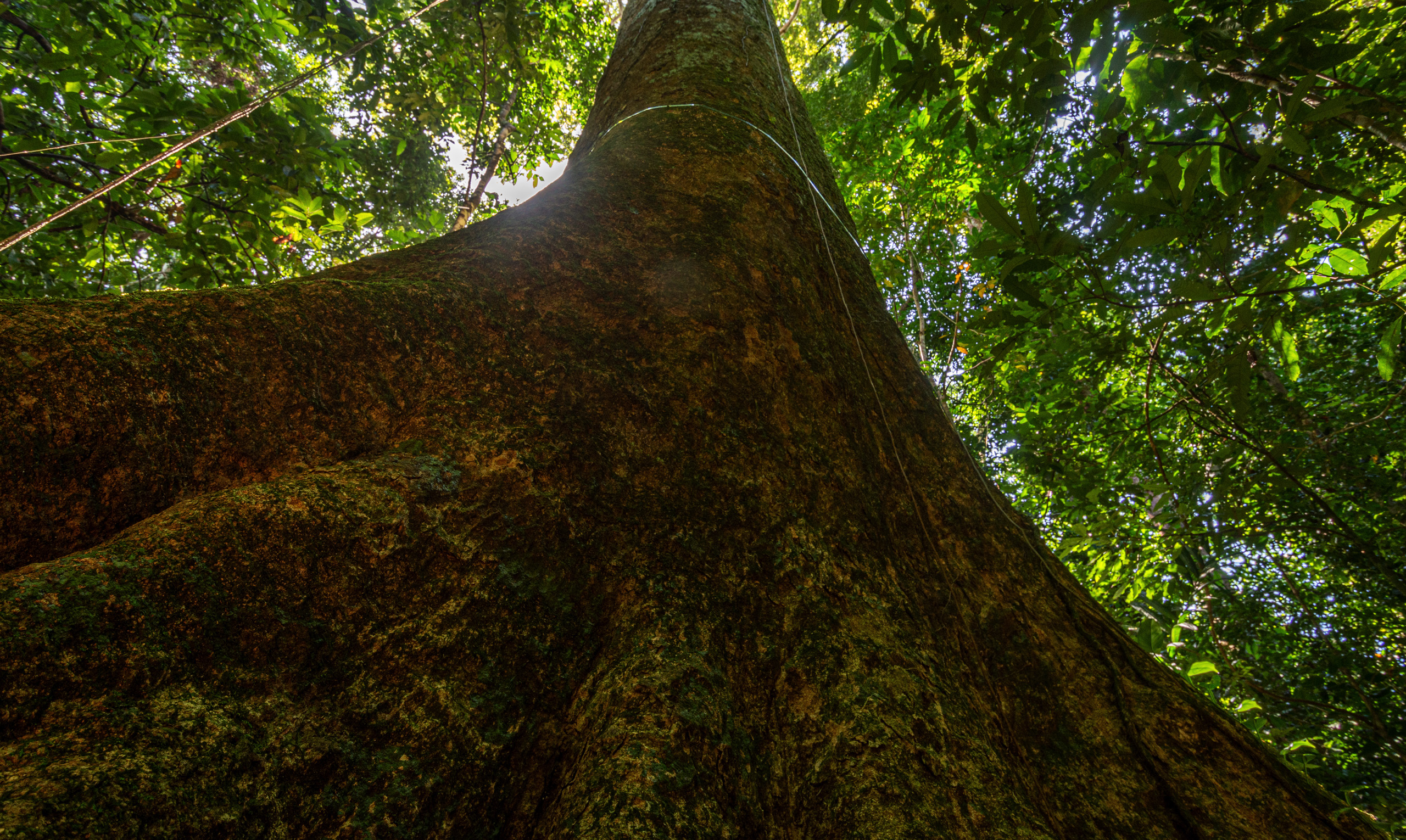 green
Stuart Davies
green
Stuart DaviesCarbon
verification
Seeking Win-Win solutions to combat climate change and improve livelihoods in Panama’s indigenous Ngäbe-Buglé Comarca
Can smart reforestation lessons from the Smithsonian’s Agua Salud Project in the Panama Canal watershed benefit Indigenous communities on deforested land in Western Panama?
Reforestation and Silviculture Ecosystem Services Conservation Biology Forest Ecology Global Change Biodiversity Sustaining a Biodiverse Planet Agua Salud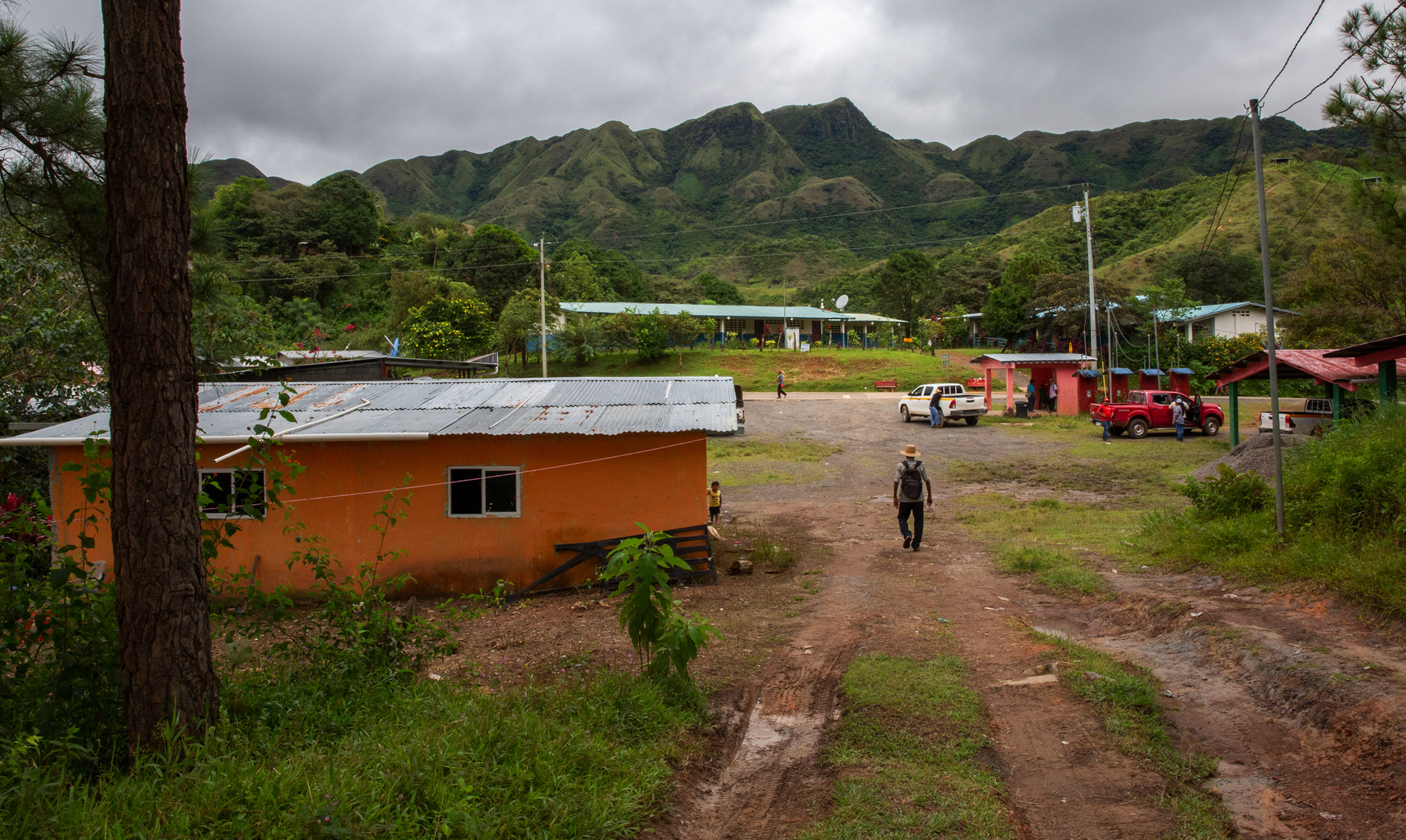 green
Jefferson Hall
green
Jefferson HallIndigenous
Reforestation
Secretary Lonnie Bunch visits “The farthest rock from the sun of the Smithsonian”
The Secretary visited facilites in Panama and Colon and got to see first-hand the important science being done at STRI.
Text by Vanessa Crooks
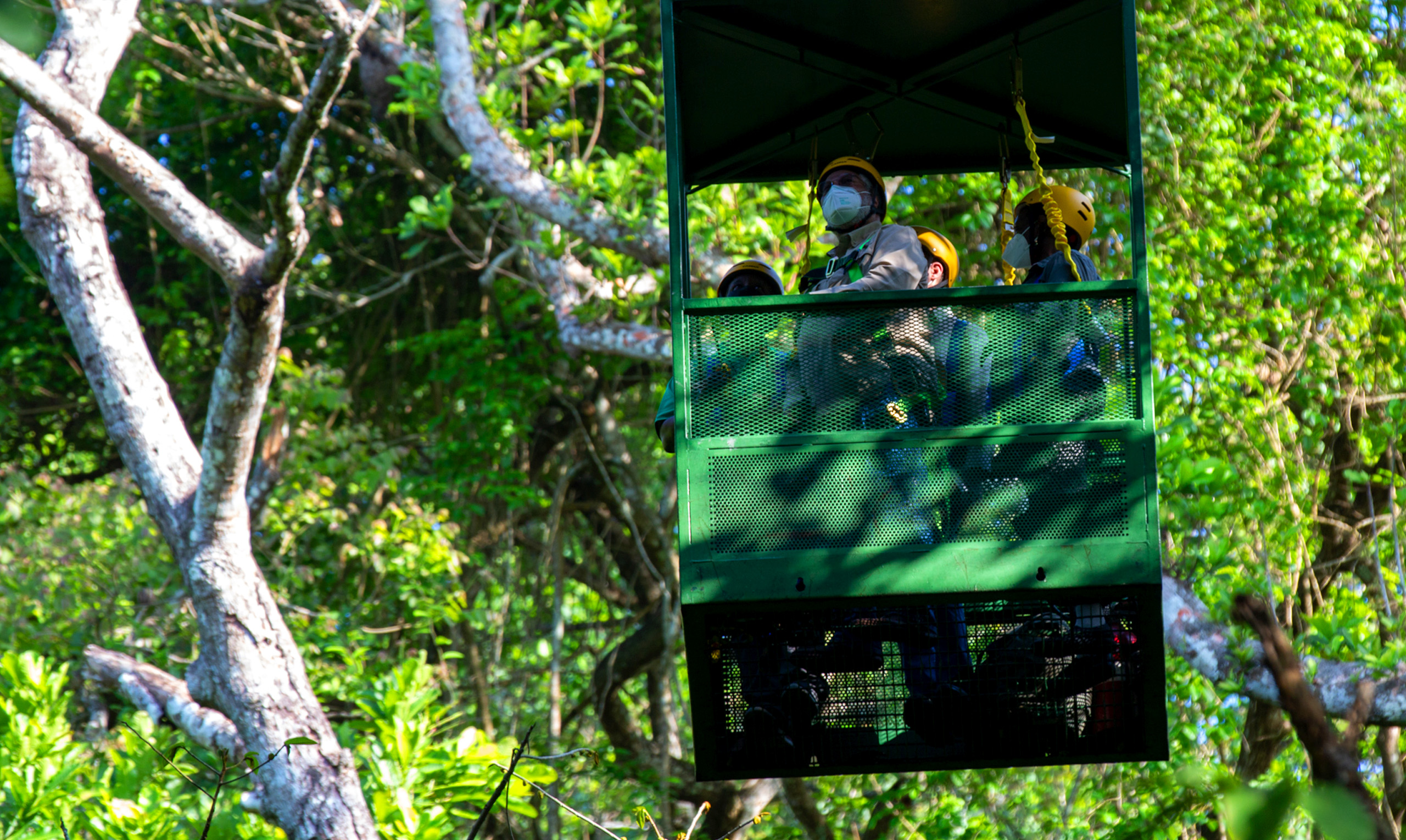 green
greenSTRI
visit
To understand the awe-inspiring diversity of tropical forests, we must pay as much attention to the biology of fungi, bacteria and other microbes, as that paid to rainforest trees during the last 100 years. New tools revealing relationships between plants and their associated organisms make this the Century of Microbial Ecology.

Research in our lab integrates disease ecology, mycology, and community ecology. We explore the nature and outcomes of plant-microbe interactions, as well as the ecology and epidemiology of fungal pathogens of tropical trees, using a combination of surveys and experiments in the forest, greenhouse, and lab.
Disease carries negative connotations. In agriculture, disease can mean the loss of food and revenue. However, in species-rich forests, pathogens can promote the overall health of the forest by preventing any single tree species from monopolizing limited resources and becoming overly abundant, leading to the loss of other tree species with key ecosystem roles. Importantly, in this self-reinforcing system, the spread of disease is limited, and epidemics are avoided by the very plant diversity pathogens are maintaining. Currently, we have an incomplete understanding of fungal pathogens in tropical forests and their interactions with plants, despite their ubiquity and ecological and economical importance. This hinders our ability to detect and predict the impacts of exotic fungi, reductions in tree diversity in human-modified landscapes, and plant-microbe responses to a changing climate.
Pathogens exhibit a continuum of specificities. Some infect across host families and orders (generalists), others are limited to specific host species or genotypes (specialists). For free-living, dispersal-limited pathogens inhabiting species-rich host communities, selection should favor an ability to infect a variety of unrelated hosts. Indeed, many seedling pathogens in Panama’s diverse lowland forests exhibit host generalism. Yet, on local scales, analyses of spatial and temporal patterns suggest host-specific pathogens are limiting the abundance of a given species. How do we reconcile these findings? We are exploring non-mutually exclusive mechanisms by which multi-host pathogens could produce the patterns attributed to host-specific pathogens. Our lab is also interested in the factors dictating the host range of plant-associated pathogens in hyperdiverse tropical forests.
Disease varies across environmental gradients that impact pathogen and plant fitness. Tree species adapted to environments with elevated disease pressure are under selection to invest in disease-resistance and tolerance traits, despite the costs of those traits. Conversely, the fitness costs of defenses outweigh the benefits for tree species adapted to environments with reduced disease pressure. Consequently, poorly defended, disease-sensitive tree species can be excluded from disease-prone areas while well-defended, disease-tolerant species can persist. We are exploring disease gradients and interspecific variability in disease susceptibility to evaluate the role of microorganisms in the spatial turnover of tree species and, thereby, the maintenance of local and regional forest diversity.
We are testing five interlinked hypotheses: (1) fungal pathogen communities are diverse and differences in diversity across geographic space are driven by abiotic factors, and are largely independent of plant community diversity. The majority of pathogens are (2) host generalized and (3) relatively geographically widespread, spanning the Isthmus of Panama and associated abiotic and floristic gradients, but (4) their relative abundances are spatially and temporally variable. (5) A given pathogen’s spatial distribution and abundance are decoupled from the presence of a single host species. To do this, we use a combination of culturing, metabarcoding, and other molecular diagnostic techniques to identify plant-associated fungi, particularly pathogens, and to describe their spatial and temporal distributions, and host associations.
Symbiotic relationships are omnipresent. Yet, we are just beginning to understand and characterize the nuanced nature of these relationships, particularly in tropical forests. Symbioses represent a continuum, from beneficial to detrimental for the host. Moreover, these relationships are not fixed in time and space, they are highly context dependent. A commensal microbe can become pathogenic when a plant’s health or nutritional status changes and plant-microbe mutualisms can fracture when a partner cheats. Moreover, a pathogen can actually benefit a host plant if the pathogen does more harm to the host plant’s neighbors who are competing for the same resources (sensu the enemy of my enemy is my friend).
Ph.D., University of Utah (2015)
B.S. Biology (Honors), minor Environmental Studies (2005)
Spear, E. R. and K. D. Broders. 2021. Host-generalist fungal pathogens of seedlings may maintain forest diversity via host-specific impacts and differential susceptibility among tree species. New Phytologist 231: 460–474.
Spear, E. R. and E. A. Mordecai. 2018. Foliar pathogens are unlikely to stabilize coexistence of competing species in a California grassland. Ecology 99: 2250-2259.
Spear, E. R. 2017. Phylogenetic relationships and spatial distributions of putative fungal pathogens of seedlings across a rainfall gradient in Panama. Fungal Ecology 26: 65–73.
Spear, E. R., P. D. Coley, and T. A. Kursar. 2015. Do pathogens limit the distributions of tropical trees across a rainfall gradient? Journal of Ecology 103: 165–174.
